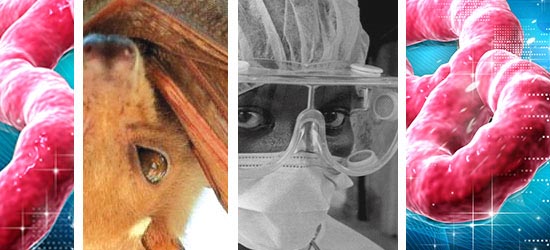The World Health Organization (WHO) reports that as at August 28, 2014, there were approximately 3,069 reported cases of the Ebola virus resulting in 1,552 deaths. These cases were all found in the West African countries of Guinea, Liberia, Nigeria and Sierra Leone.
While the virus has been concentrated to this region, globalization has caused governments of other countries of the world to express concern and take action to protect their citizens from the disease which affects every organ and tissue of the human body.
Here in Jamaica, the Ministry of Health has kept abreast of the developments on the disease through reports issued by the WHO. Most recently, Minister of Health, Dr. Fenton Ferguson confirmed that although Jamaica is not in the high risk category for the effects of the Ebola virus, surveillance at the points of entry is in place. Training and sensitization of health workers are also continuing as part of the measures to increase the country’s vigilance and preparedness for the disease.

But what exactly is the Ebola virus? The WHO’s website identifies the Ebola virus disease as a severe and often fatal illness, with a death rate of up to 90% which affects humans and non-human primates such as monkeys, gorillas and chimpanzees.
Ebola attacks the body’s immune cells, repressing its ability to fight it off, and weakens the blood vessels, leading to internal and external bleeding. Patients generally begin to show symptoms between 2 and 21 days after first getting infected. Symptoms include scorching fever, intense weakness, excruciating muscle and joint pain, and occasionally a rash and sore throat. The disease is then transmitted to others through the bodily fluids that patients produce including vomit and diarrhoea, often bloody, and sometimes bleeding from the gums, nose and eyes.
Due to the nature of their job, health professionals are at the highest risk of contracting the disease. Others who are also likely to contract Ebola include family members or others in close contact with infected persons and persons who have direct contact with the bodies of the deceased as part of the burial process.
At this point, there is no proven treatment or vaccine for Ebola, but simple supportive measures can drastically improve survival.
Rehydration and IV fluids relieve dehydration, acetaminophen controls fever, and antibiotics kill deadly secondary infections.
It should be noted that earlier this year, an experimental antibody therapy called ZMapp was used to treat two American health workers and a 75-year-old Spanish priest who contracted the Ebola virus. They all survived and are on their way to full recovery.

